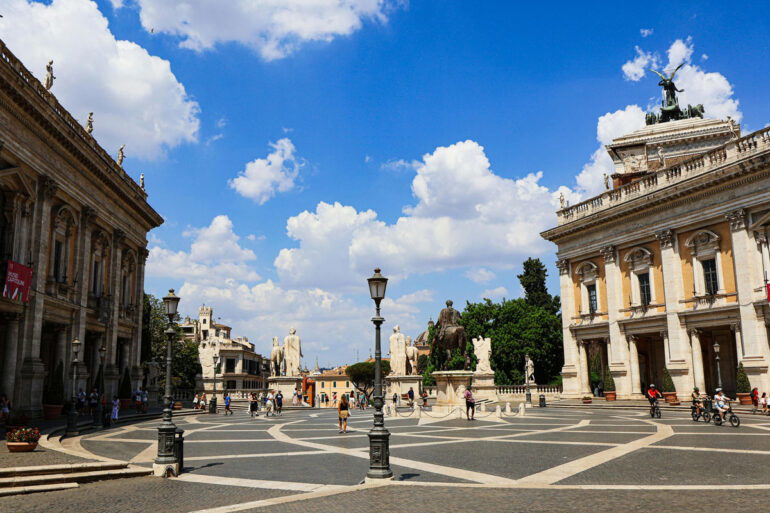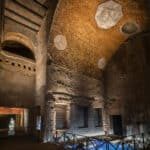Best museums in Rome
There’s such a vast number of museums and art galleries in Rome that it can be tricky to suss out the must-sees from the must-avoid-at-all-costs. Whether you’re into Renaissance masterpieces, ancient archaeological finds or 21st century photography, our guide to the best museums to visit in Rome will help you make the right choice.
Top 10 museums in Rome
- Vatican Museums
- Borghese Gallery
- La Galleria Nazionale
- MAXXI
- Capitoline Museums
- Centrale Montemartini
- Castel Sant’Angelo Museum
- Palazzo Barberini and Galleria Corsini
- National Roman Museum
Do you know how many museums there are in Rome? Hundreds. Of course you can’t visit them all, but you can check out our list that includes the must-see museums in Rome.
MODERN AND CONTEMPORARY ART
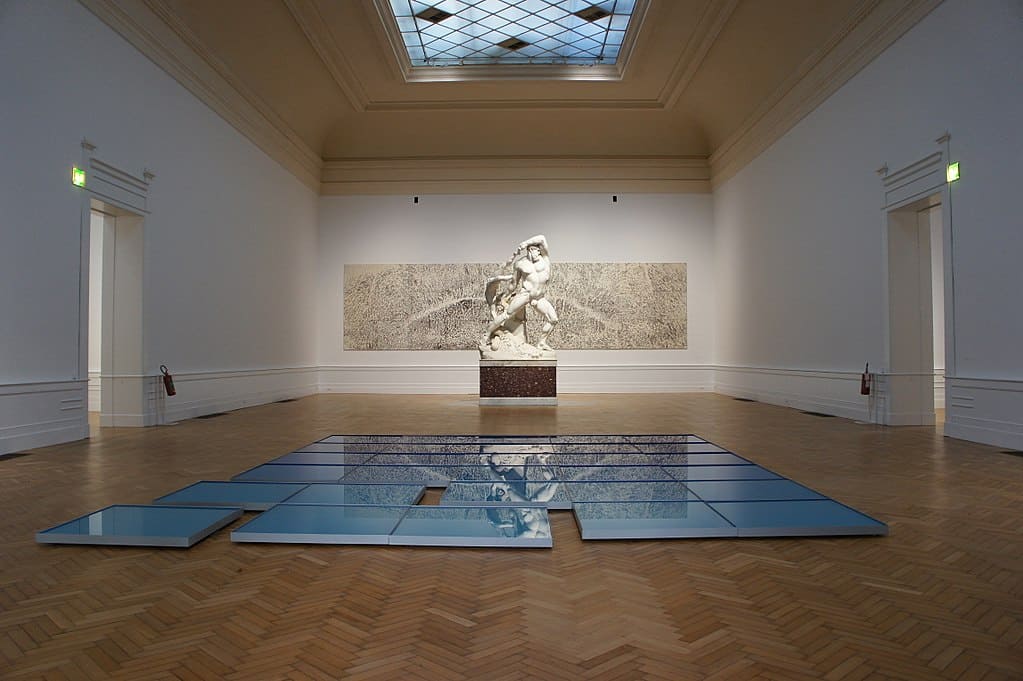
National Gallery of Modern and Contemporary Art
Pass through the majestic entrance of the National Gallery of Modern and Contemporary Art and discover a permanent collection which is as grand as the building itself. Works by Van Gogh, Mondrian, Klimt, Degas, Pollock and Rodin can all be found here as well as consistently popular temporary exhibitions.
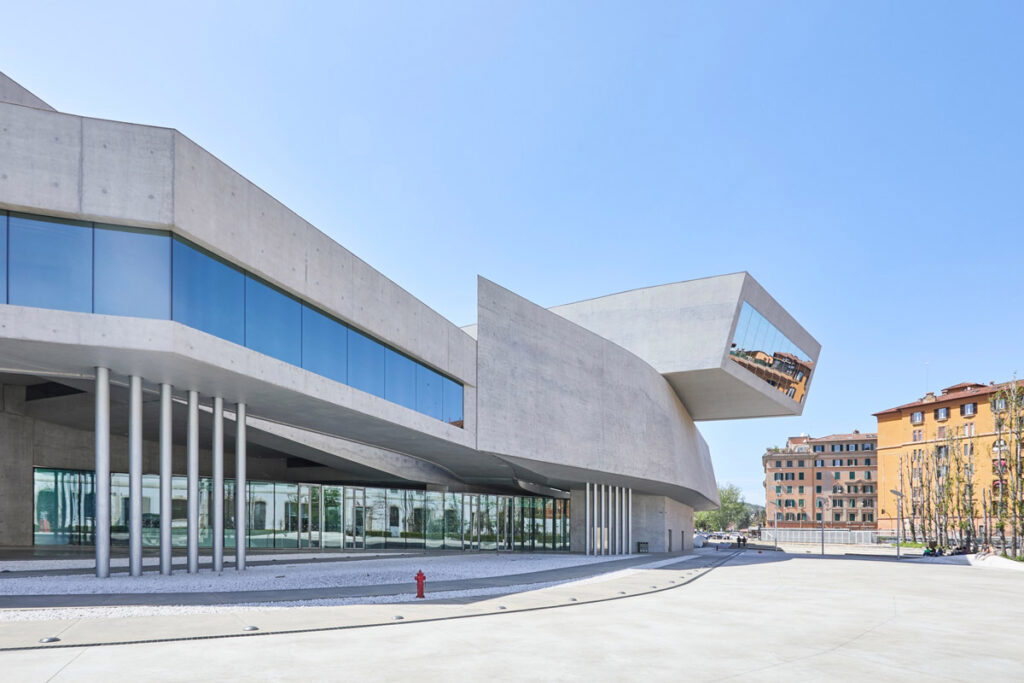
MAXXI
Designed by controversial architect Zaha Hadid, the MAXXI is an unconventional space both inside and out. This striking building is composed of giant intersecting concrete segments that seem severe from the outside, but inside create flowing pathways that gently transport the visitor through this modern, open-plan space. The MAXXI hosts thought-provoking and colorful exhibitions from the modern art world.
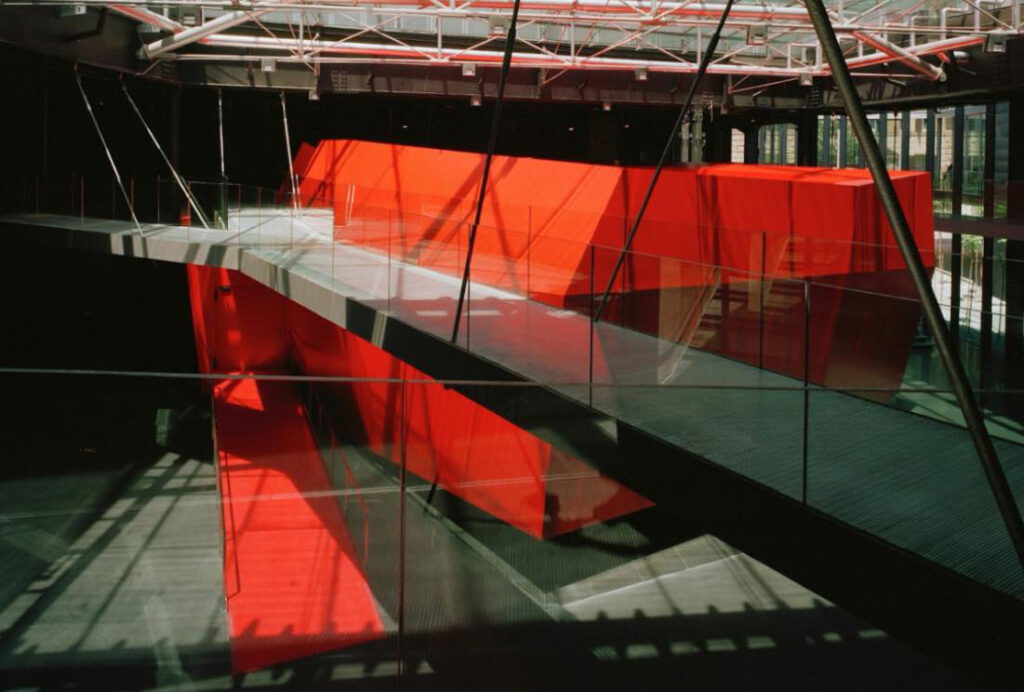
MACRO
MACRO is considered a focal point for public contemporary art in Rome to which professionals, but also the public at large, turn for its schedule of exhibitions. MACRO, as a centre for contemporary art, however, aims to become increasingly multi-functional, maintaining its own local identity and strengthening the involvement of, and its ties with, the community in every possible artistic, cultural and intellectual sphere.
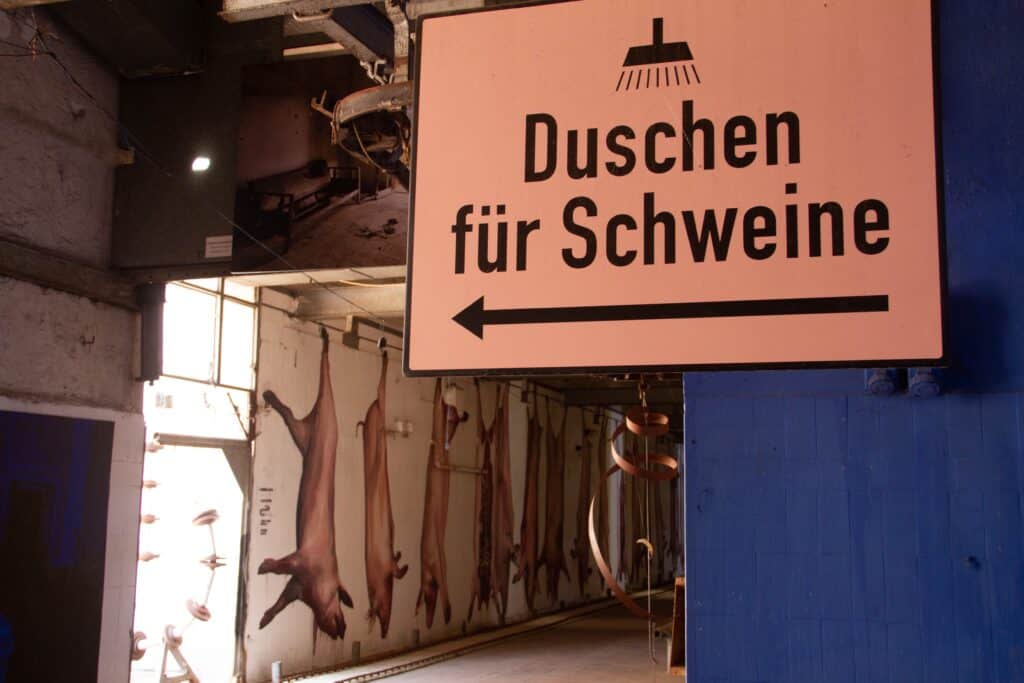
MAAM – Museo dell’Altro e dell’Altrove
In 2009, dozens of people from diverse cultural backgrounds came together to occupy this structure, united by the same desperate need for a roof over their heads and a way to combat poverty. The walls and spaces around the building, once a slaughterhouse, are now covered with murals and artistic installations. Metropoliz, in fact, host MAAM, il Museo dell’Altro e dell’Altrove – Metropoliz, the third biggest contemporary art museum in Rome, where visitors can touch, take pictures, and engage with the art with few restrictions.
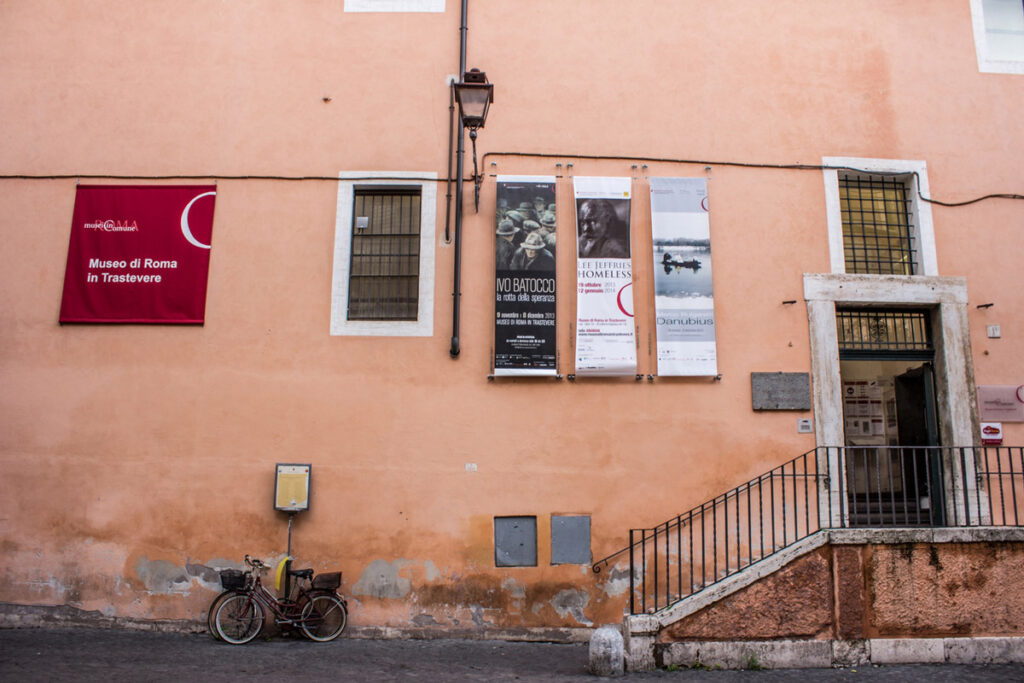
Museo di Roma in Trastevere
The permanent collection here focuses on popular life in Rome from the late eighteenth to early twentieth century. While the paintings and photographs are worth seeing, skip the outdated and more than a little weird diorama with shabby mannequins depicting scenes of Roman life from times gone by. Spend the majority of your visit in the exhibitions spaces which often heavily feature photography.
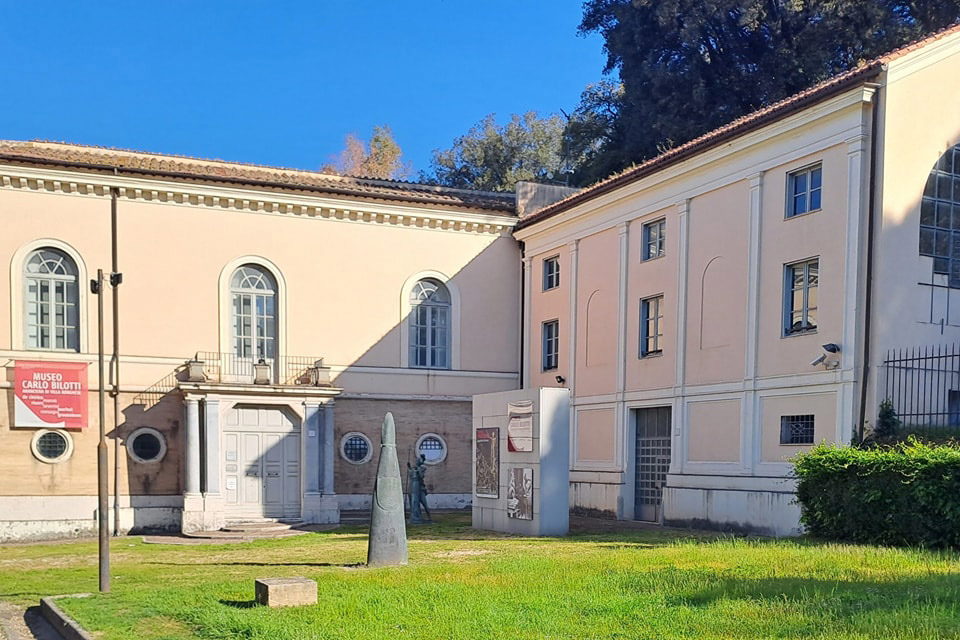
Museo Carlo Bilotti
Located in the orangery of Villa Borghese, Museo Carlo Bilotti homes works gifted to the city of Rome by the eponymous entrepreneur. Among the pieces by Andy Warhol, Larry Rivers and Giacomo Manzù are a group of 18 masterpieces by Italian surrealist Giorgio de Chirico.
INSPIRATION
9 museums in Roma with free admission
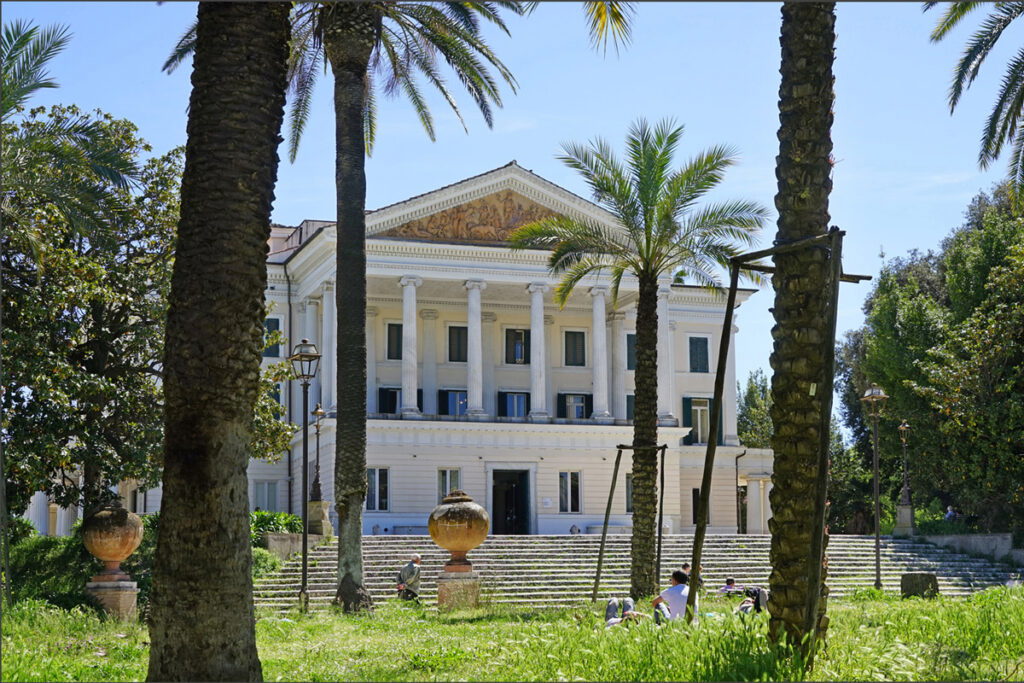
Musei di Villa Torlonia
Purchased by the Torlonia noble family in the 18th century, this complex offers visitors the chance to explore hundreds of years of history. The main building, the Casino Nobile, was once used as a residence by Mussolini and now houses the majority of the museum pieces. In the basement, you can visit the restored bomb shelter and gas shelter built by Mussolini. The Casino dei Principi hosts exhibitions and the Roman School Archive, while the stained glass windows at the Casina delle Civette (House of the Owls) are unlike anything else you’ll see in Rome.
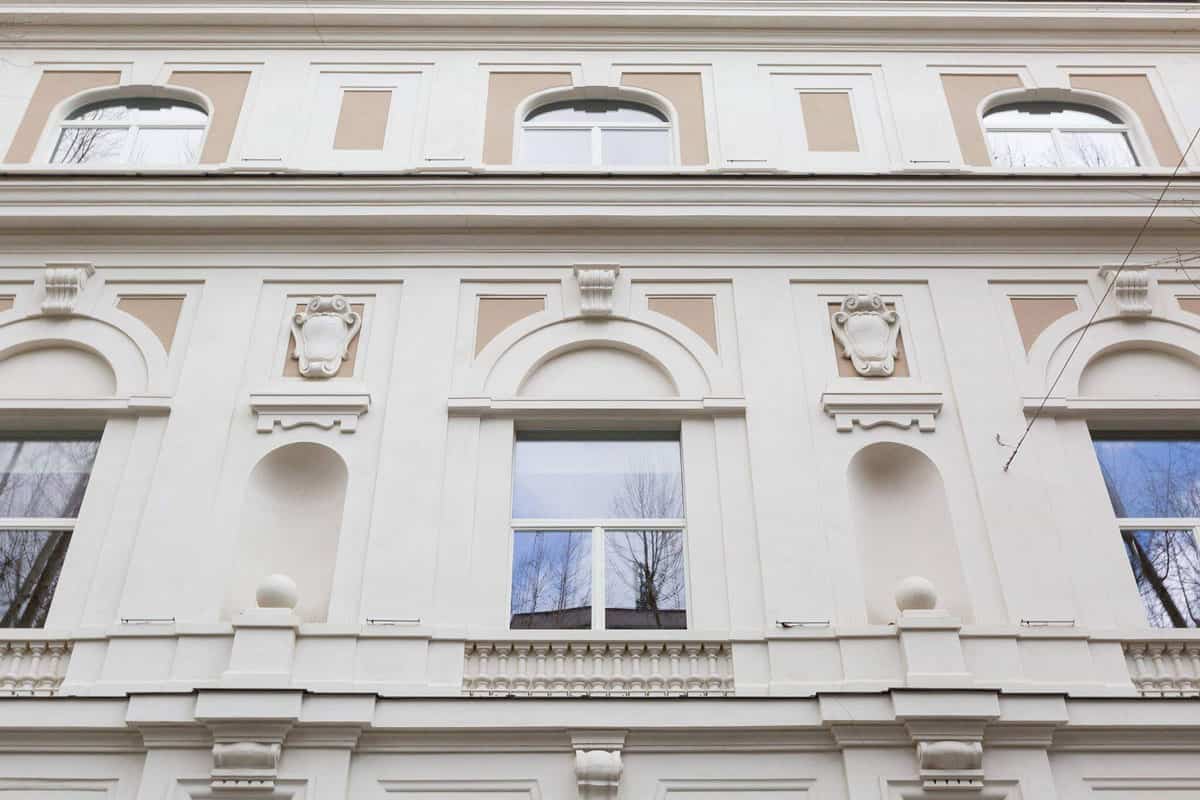
Palazzo Merulana
After a long-awaited period of reconstruction, the former Health Department building at Via Merulana 121 has opened its doors as the brand new Palazzo Merulana, home to a fine modern and contemporary art collection.
HISTORICAL / ANCIENT ROME
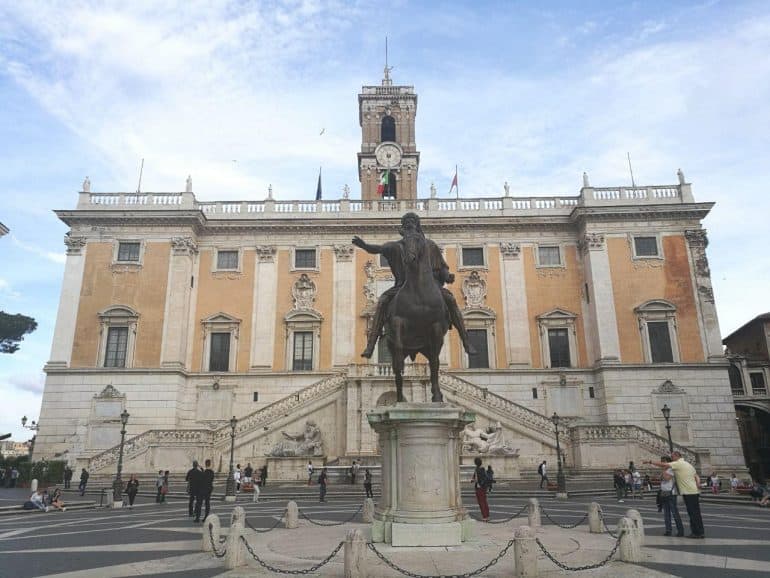
Capitoline Museums
The Capitoline Hill was the centre of political and religious life in ancient Rome so it’s only fitting that now it’s the location of a group of museums that tell the fascinating story of the Eternal City. With the statues of Emperor Marcus Aurelius and Constantine, the Capitoline Wolf, the Dying Gaul, and the masterpieces of the Pinacoteca, the Capitoline Museums, founded in 1471 thanks to a donation by Pope Sixtus IV, are deeply intertwined with the history of the city, from which most of the collection’s works originate.
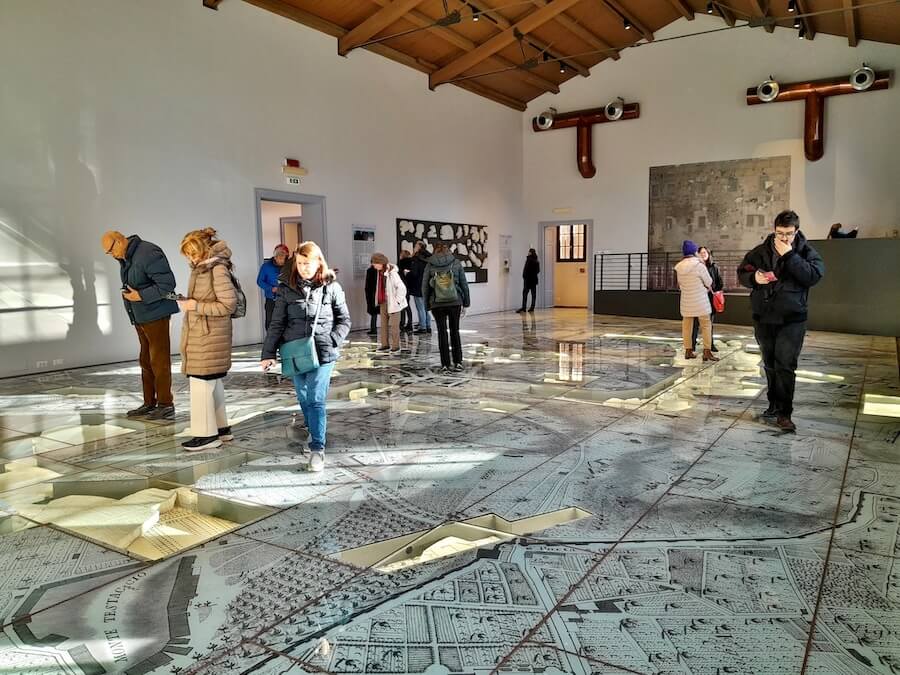
Forma Urbis Museum
The Museo della Forma Urbis opened to the public on January 12, 2024, in the brand new Archaeological Park of the Celio. Visitors can now get an up-close look at the recovered parts of the marble-engraved map of ancient Rome that has not been visible to the public for almost one hundred years.
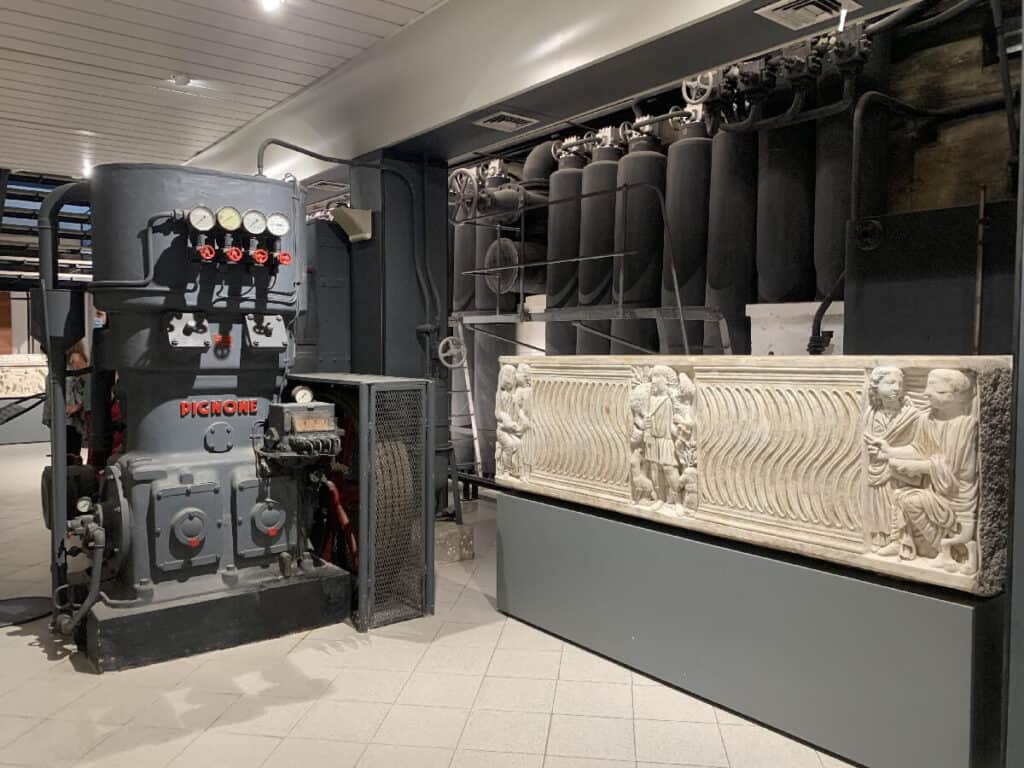
Centrale Montemartini
Not your usual museum, Centrale Montemartini is a mash-up between the industrial and the classical. Alongside the now silent turbines, engines and boilers of Rome’s first public power plant stand a selection of marbles from the Capitoline Collection. A great space where the old and new(ish) co-exist perfectly.
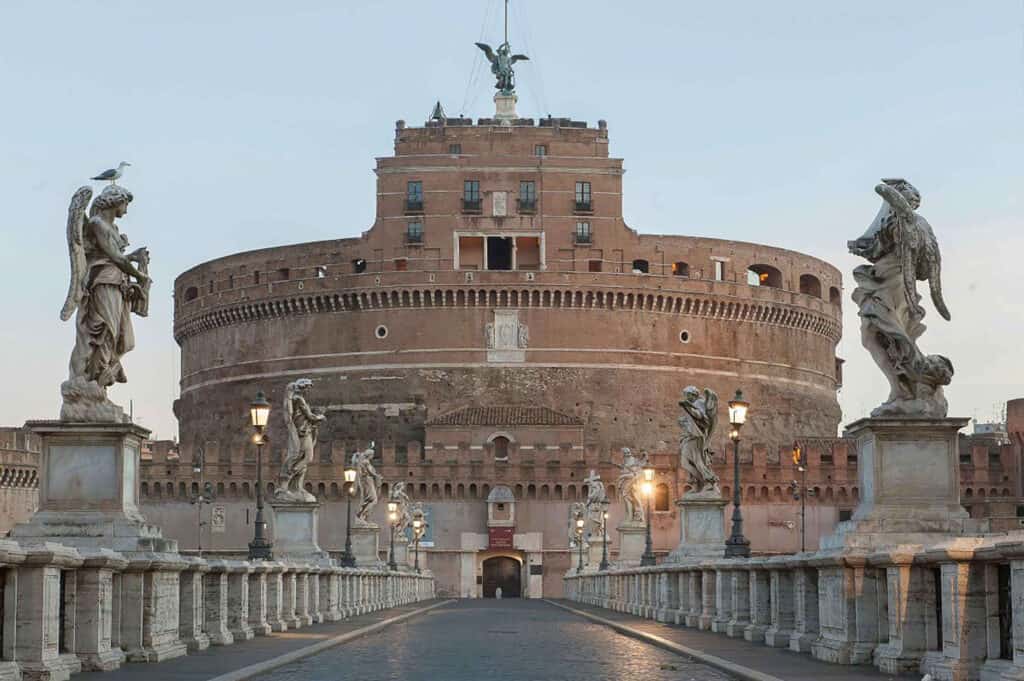
Castel Sant’Angelo
Built around 123 AD, Castel Sant’Angelo was originally a mausoleum for Roman emperor Hadrian. It was then turned into a military fortress before later being converted to a castle by the Vatican State who used it as a prison and decadent residence. Visit the museum today to explore the different slices of history on display.
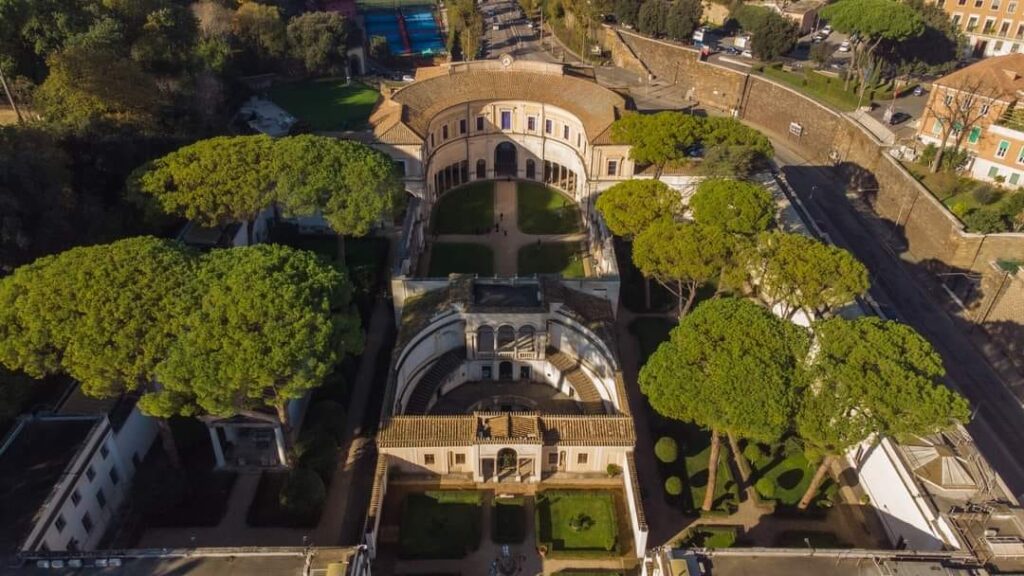
ETRU National Etruscan Museum
The Etruscans were contemporaries of the early Romans and exerted a heavy influence on the founding of Rome. Later, they were conquered by their neighbours and assimilated into Roman culture so much of their history has been lost. Visit the National Etruscan Museum in Villa Giulia to unravel some of the mystery; inside are some of the most important artifacts from that era.
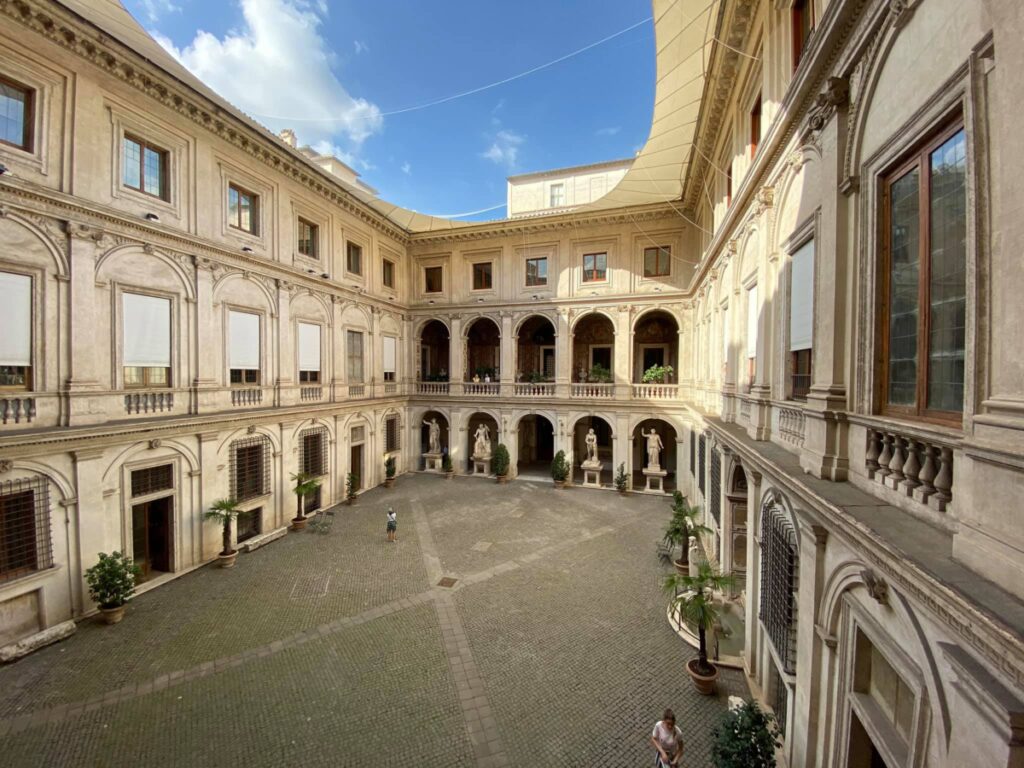
Palazzo Altemps
As one location of the National Roman Museum, Palazzo Altemps is a gem behind Piazza Navona and home to collections of antiquities that once belonged to various noble families of Rome. This 15th-century building displays Greek gods and Egyptian deities as seen through the eyes of Italian sculptors.
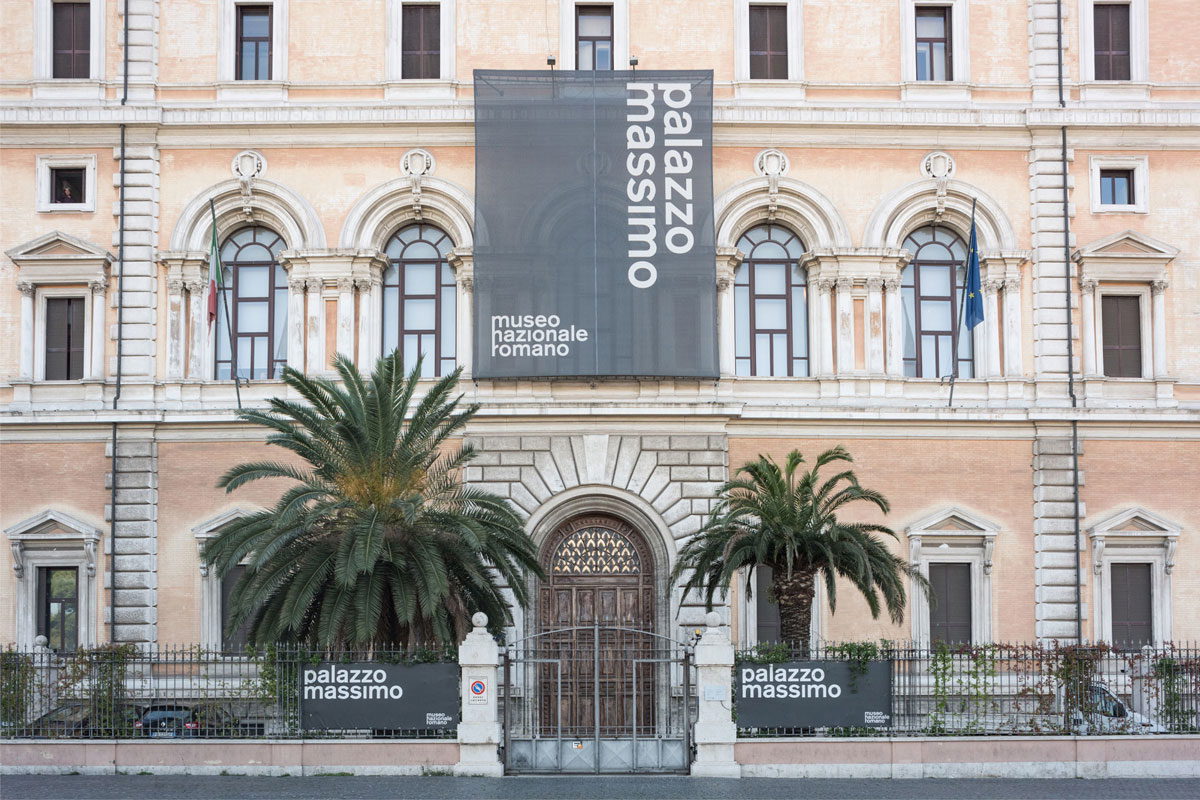
Palazzo Massimo
As one of four museums in the National Roman Museum organization, Palazzo Massimo features three floors of sculptures, frescoes, coins, mosaics, and more! Palazzo Massimo primarily features masterpieces of classical sculpture from the early imperial periods on the ground and first floors but the collections of frescoes and mosaics on the second floor are just as impressive and enthralling.
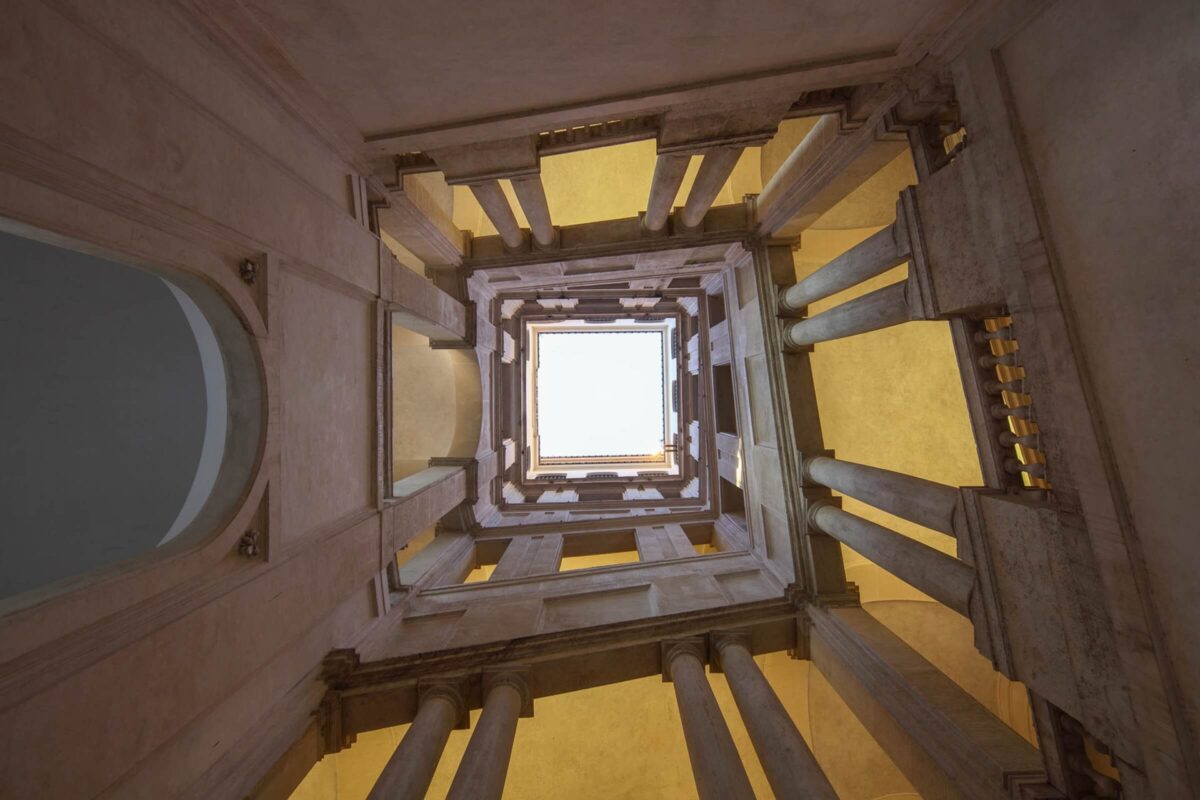
National Galleries of Ancient Art: Palazzo Barberini e Galleria Corsini
Palazzo Barberini is the prototypical Baroque palace, designed by three of the most important architects of the 1600s: Carlo Maderno, Gian Lorenzo Bernini and Francesco Borromini. The pulsing heart of the construction is the majestic entrance hall with frescoes by Pietro da Cortona accessible by an extraordinary oval helicoidal staircase, designed by Francesco Borromini. Palazzo Corsini is is home to the Accademia dei Lincei and the garden today houses the Botanical Gardens of Rome.
FINE ARTS
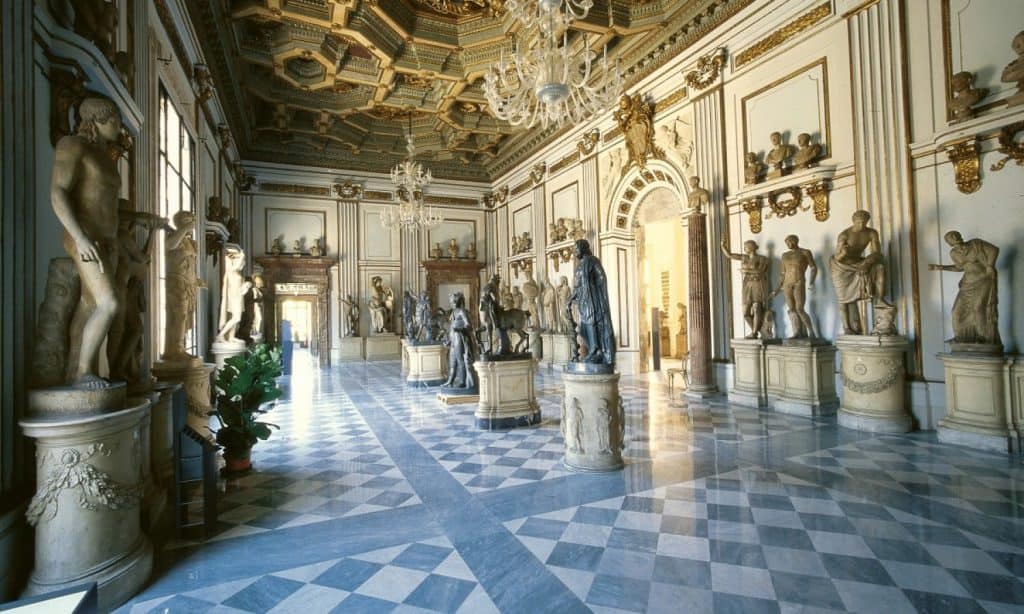
Museo di Roma at Palazzo Braschi
The collection at Museo di Roma covers the history of the city in the period from the Middle Ages through the nineteenth century. The Neoclassical building itself, Palazzo Braschi, is wonderfully ornate and thankfully hosts a range of exhibitions throughout the year.
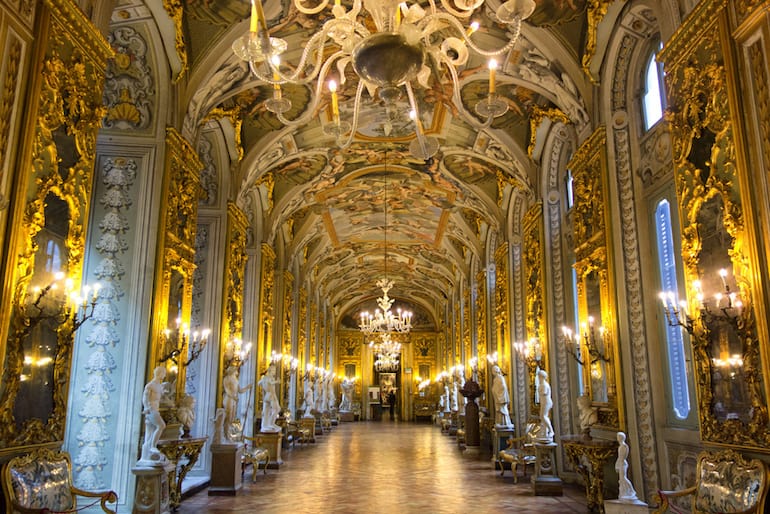
Doria Pamphilj Gallery
The grandiose Palazzo Doria Pamphilj, situated on the prime real estate of Via del Corso houses an equally lofty art collection. Here, in the four wings overlooking the internal courtyard with its splendid renaissance arches, as well as the two large adjoining halls, is where most of the masterpieces of the Doria Pamphilj family’s private art collection are held. Between the intricate frescos and ornate gilded décor are pieces by Caravaggio, Bernini, Raphael and more.
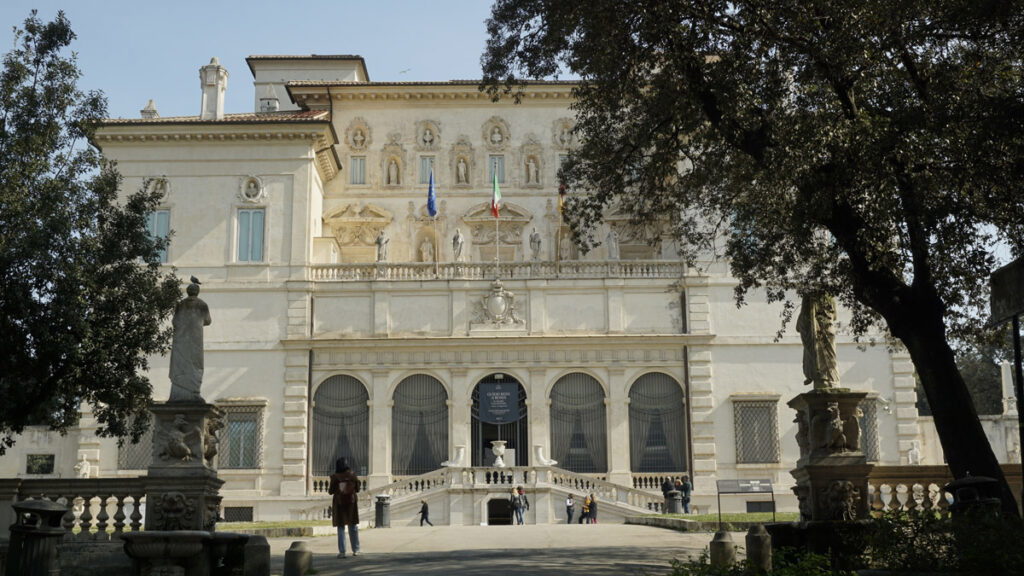
Borghese Gallery
Simply, one of the best collection in the world. Bernini’s ability to transform a solid chunk of marble into the soft flesh of Persephone, yielding to the grip of Pluto is reason enough to visit Borghese Gallery. In addition to the stunning collection of Bernini marbles, visitors to are spoilt further by a selection of Raffaello, Caravaggio, Brueghel, Tiziano and Canova masterpieces. Pre-booking is essential.
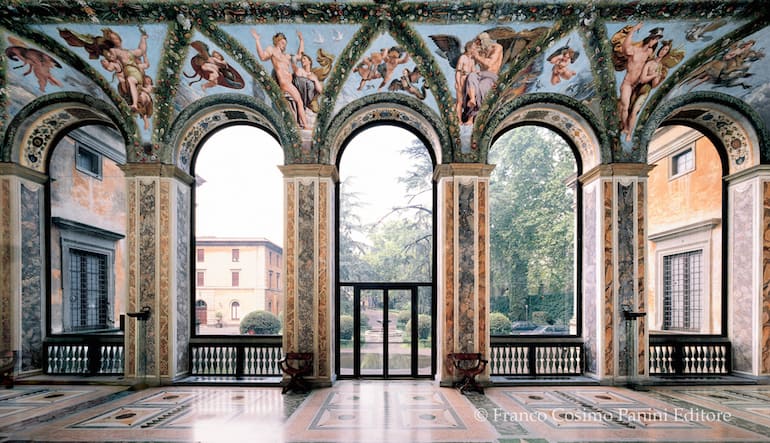
Villa Farnesina
Immerse yourself in the Renaissance at Villa Farnesina. Almost every inch of the interior of this 16th-century villa is decorated with elaborate frescoes, the most famous of which are by Raphael on the ground floor.
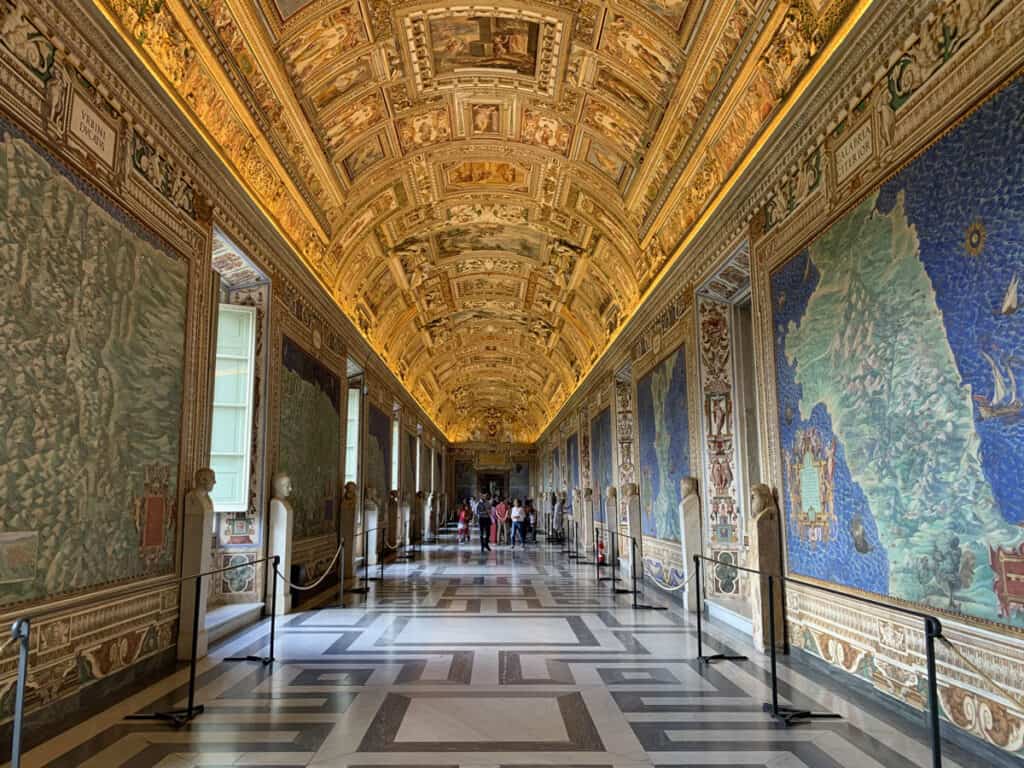
Vatican Museums
The collection at the Vatican Museums (the most visited museum in Italy) is even larger than the queue outside so allow a day to wander the corridors and discover masterpieces of painting, sculpture and other works of art collected by the popes through the centuries. The Museums include several monumental works of art, such as the Sistine Chapel, the Gallery of Maps, the Chapel of Beato Angelico, the Raphael Rooms and Loggia and the Borgia Apartment.
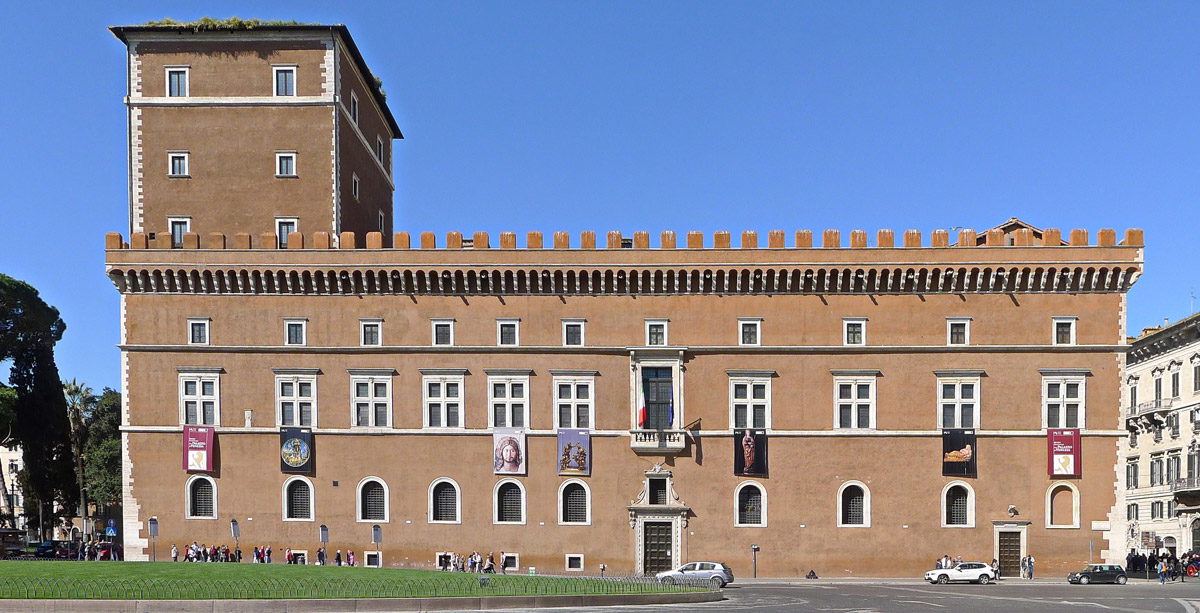
National Museum of the Palazzo di Venezia
Originally a residence of cardinals and later popes, Palazzo Venezia is today home to an eclectic collection of pieces from the Middle Ages and the Renaissance. Paintings, ceramics, furniture, jewellery, marbles, bronze and wooden sculptures, you’ll find it all here.
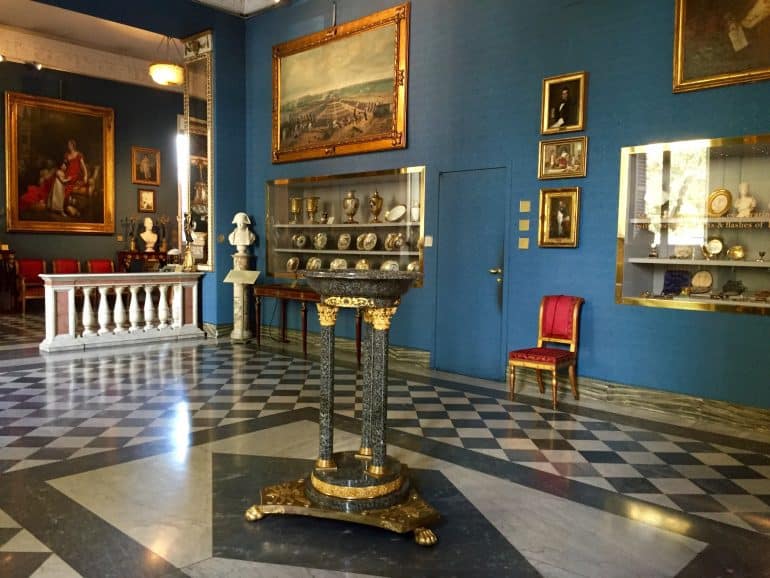
Napoleonic Museum
It might be small in size but this museum’s collection is anything but modest. The Napoleonic Museum displays artworks, family souvenirs, antiques and objects associated with the Bonaparte family, all donated to the city of Rome by Count Giuseppe Primoli, the great-grandson of Joseph Bonaparte.
EXHIBITION SPACES
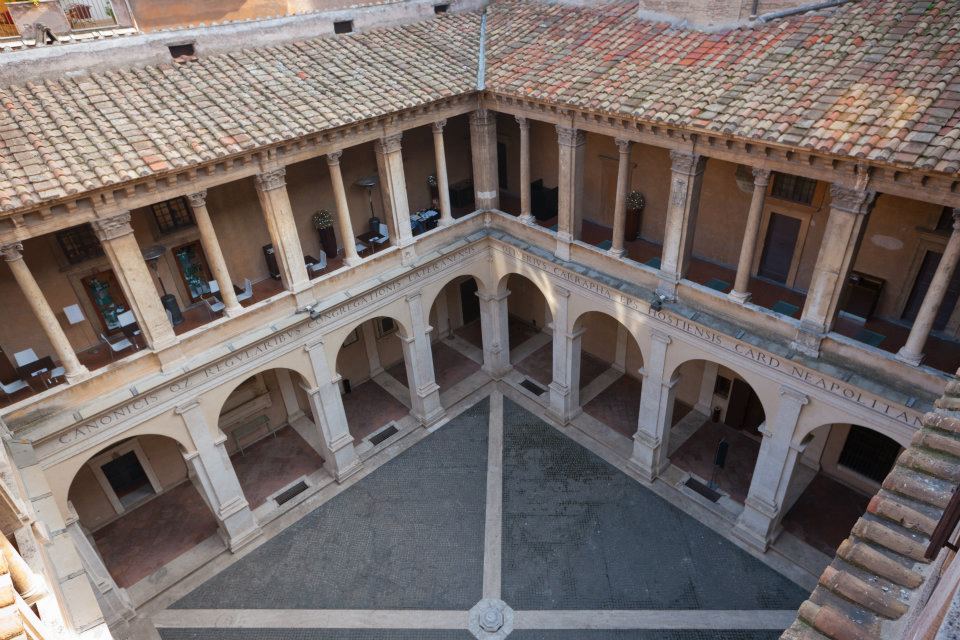
Chiostro del Bramante
Designed by Donato Bramante (a rival of Michelangelo) the Chiostro del Bramante was once the centre of a Renaissance monastery. After careful restoration, this elegant complex is now used for some of the city’s best and most popular exhibitions. Visitors have queued here for retrospectives of Escher, Chagall and of course the heavily instagrammed LOVE exhibition.
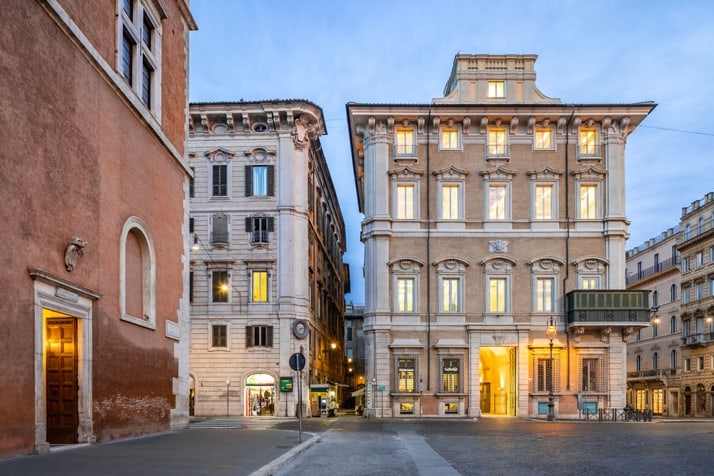
Palazzo Bonaparte
After an important restoration, Palazzo Bonaparte reopens in Rome, the first Generali Valore Cultura space which, thanks to the partnership with Arthemisia, becomes a new pole of art and culture for the community. The historic building welcomes exhibitions, cultural and educational events with particular attention to families and young people.
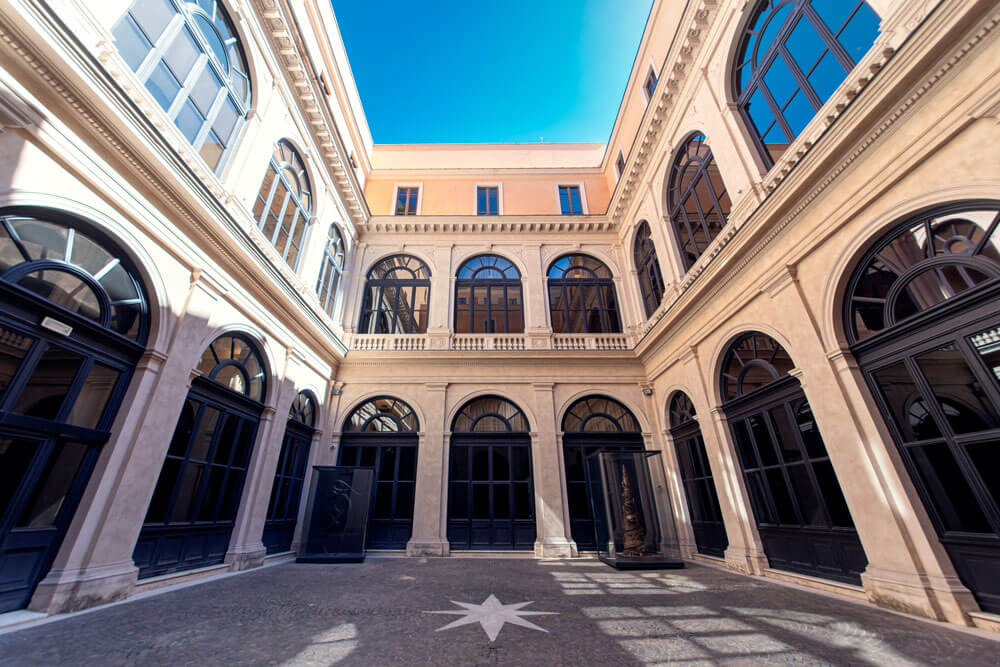
Museo del Corso
The Museo del Corso is a new museum complex that brings together two historic buildings on Via del Corso: Palazzo Sciarra Colonna and Palazzo Cipolla. Palazzo Sciarra Colonna, home to the Fondazione Roma, has opened its 18th-century interiors, designed by Luigi Vanvitelli, to the public for the first time, free of charge. Palazzo Cipolla, on the other hand, hosts major temporary exhibitions organized in collaboration with international institutions.
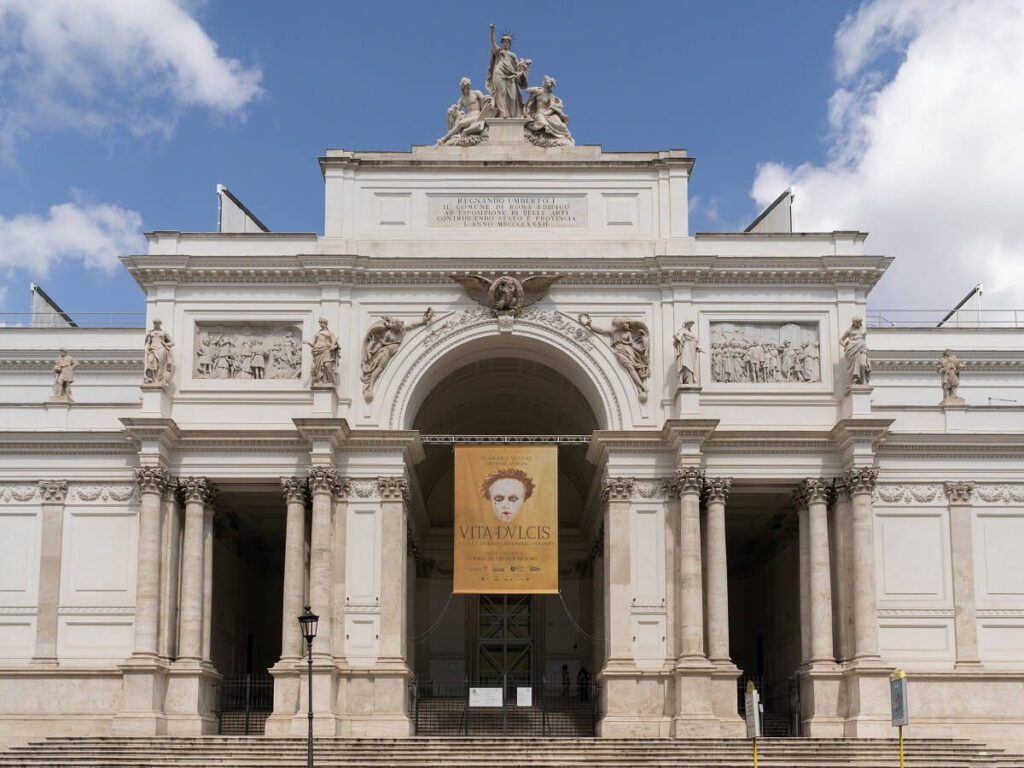
Palazzo delle Esposizioni
With 10,000 square metres of space, Palazzo delle Esposizioni is more than just a space for the latest touring art exhibition. It also contains a cinema, auditorium, function halls, café, restaurant and bookshop. From fine art to film festivals or theatre to photography there’s an abundance of cultural highlights under the same roof.
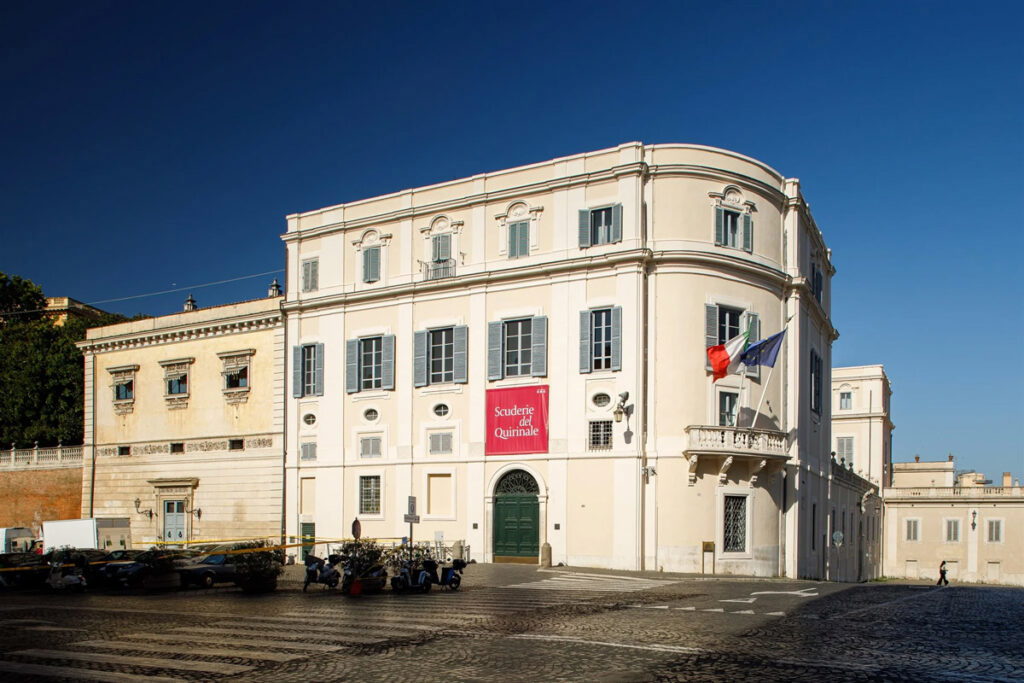
Scuderie del Quirinale
Situated atop the Quirinal Hill is the Palazzo del Quirinale, now the official residence of the President and previously home to the Italian monarchy and a Papal residence. The Scuderie del Quirinale (stables of the official residence) are today open plan spaces that have held exhibitions of Botticelli, Rembrandt, Frida Khalo and more.
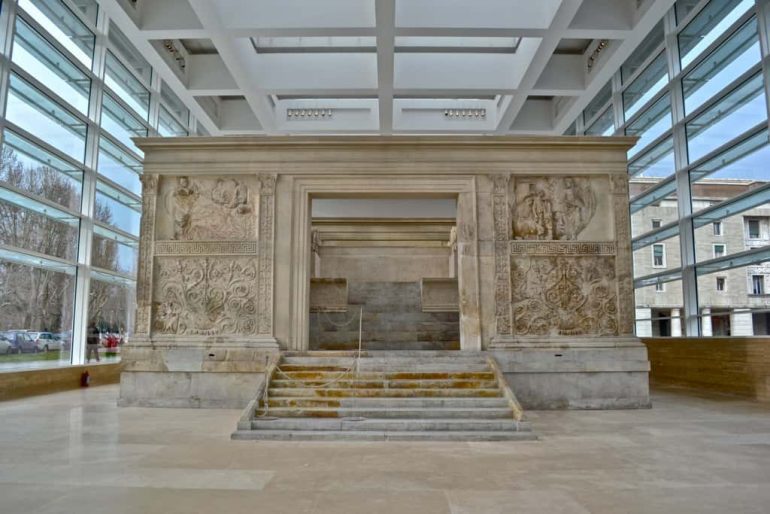
Ara Pacis Museum
Designed by American architect Richard Meier, the Ara Pacis Museum is a modern anomaly in the otherwise ancient historic centre of Rome. Built of steel, limestone and ample amounts of glass, it houses an ornate 1st-century BC altar of peace and hosts stimulating exhibitions from all corners of the art world.
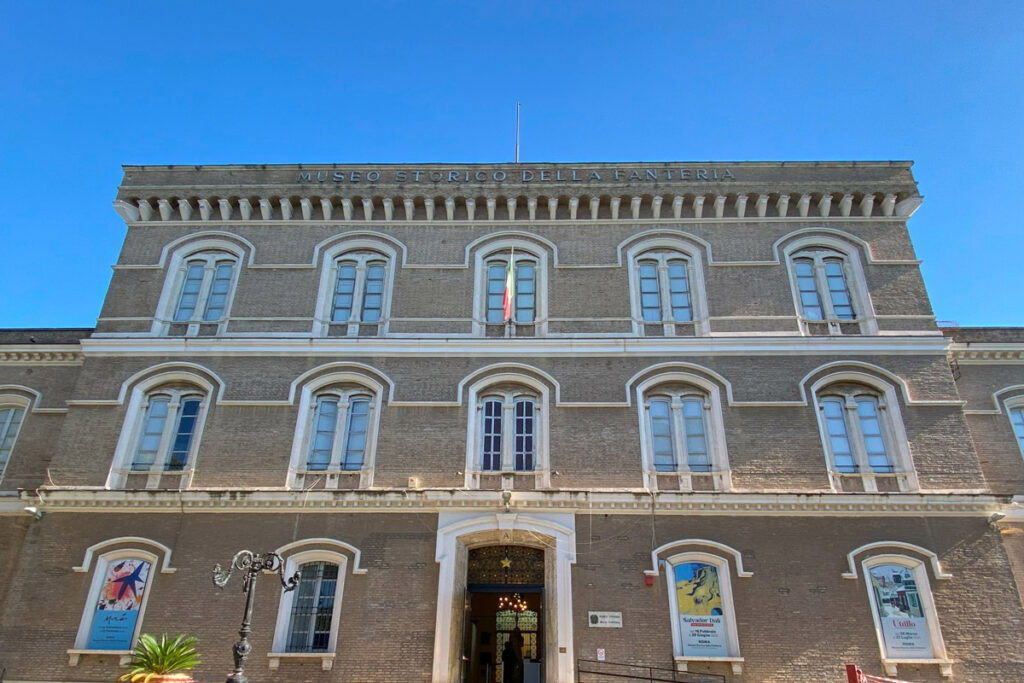
The Historical Museum of Infantry
The Historical Museum of Infantry, inaugurated in 1959, is housed in an Art Nouveau building in Piazza di Santa Croce in Gerusalemme. Its permanent collection showcases a range of artifacts, including weapons, uniforms, flags, sculptures, and paintings, all related to the Infantry. Today, the museum also serves as an exhibition space.
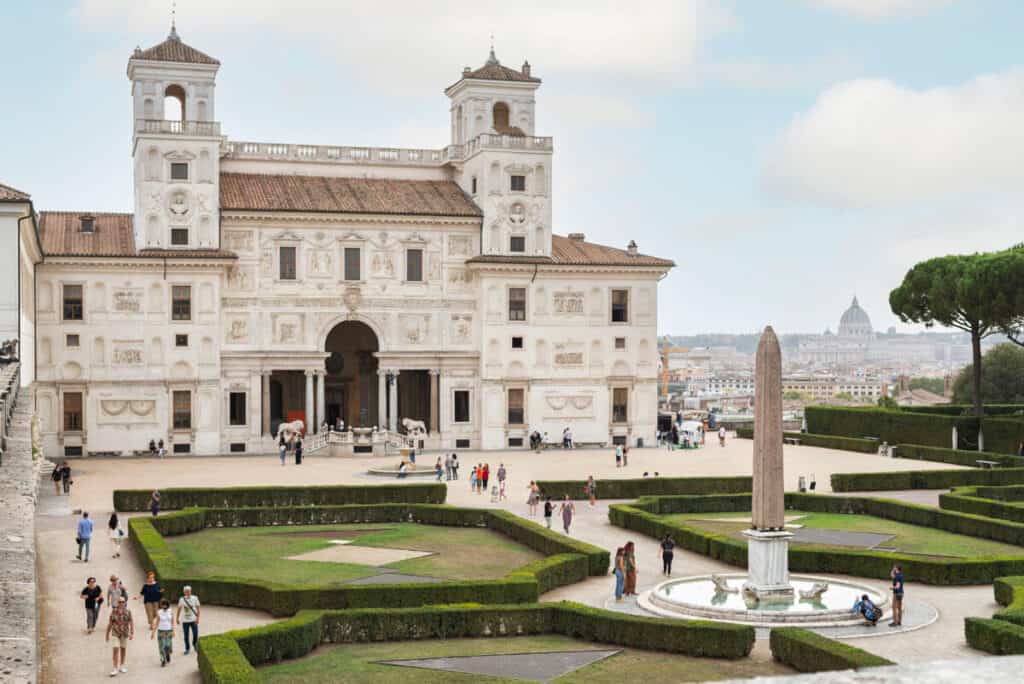
Villa Medici
Situated on the Pincian Hill nearby Villa Borghese is the marvellous Villa Medici, now home to the French academy in Rome. Villa Medici preserves an important art collection, which is in part a legacy of the Ferdinando de Medici collection, in addition to its extraordinary gardens and an unparalleled view over the rooftops of the historic center of Rome. Follow their social media pages not to miss information about special tours, night openings, concerts and cinema screenings, as well as artistic exhibitions.
ARCHEOLOGICAL MUSEUMS
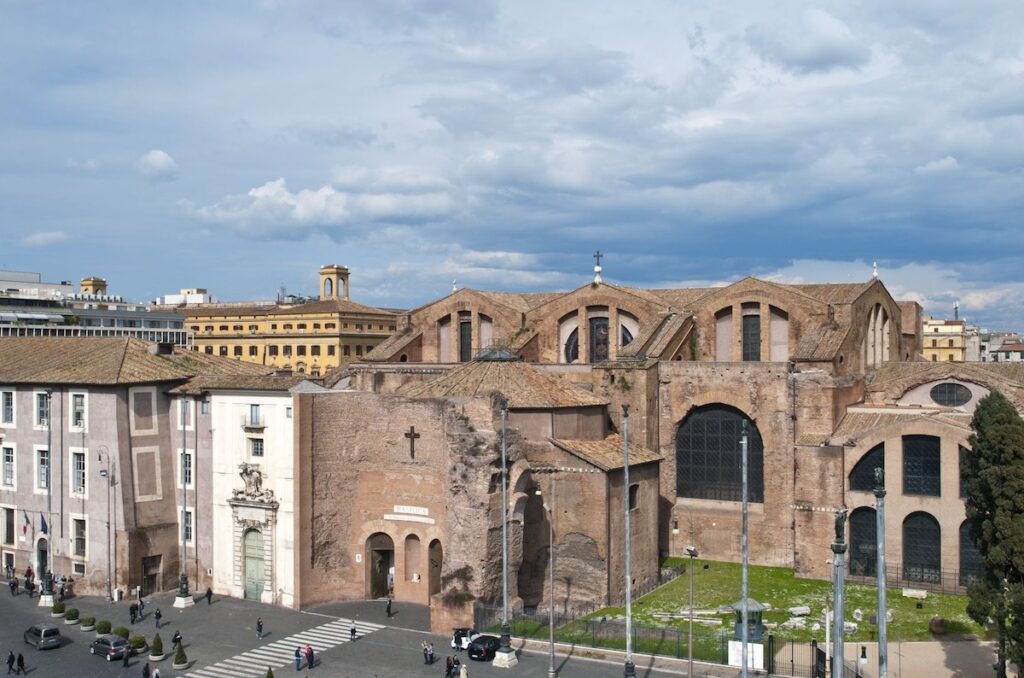
Baths of Diocletian
Built between 298 and 306 AD, the Baths of Diocletian were a thermal complex that could accommodate up to 3,000 people. Today, the ruins form part of one of the locations of the National Roman Museum.
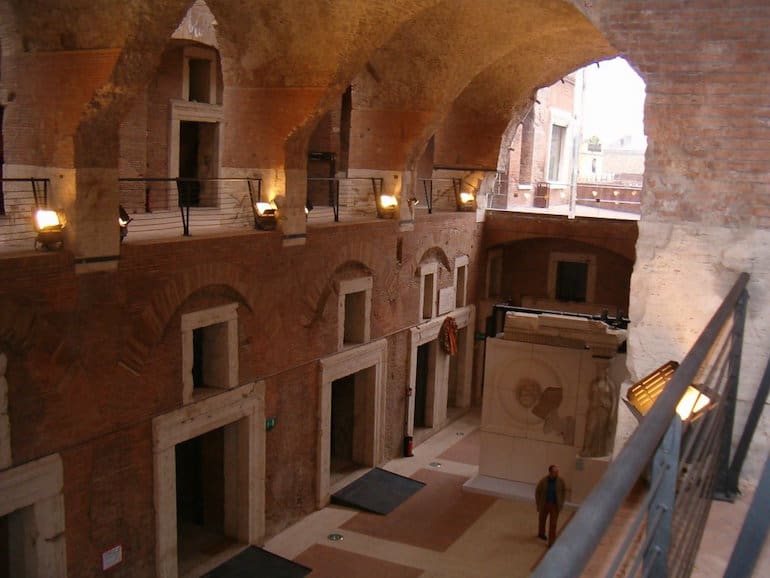
Trajan’s Markets – Museo dei Fori Imperiali
Located in the ruins of Trajan’s Market, this museum houses artifacts found in the Imperial Forums. Modern stone fills in the gaps between original decorative fragments and architectural pieces to create an impression of how the site once was.
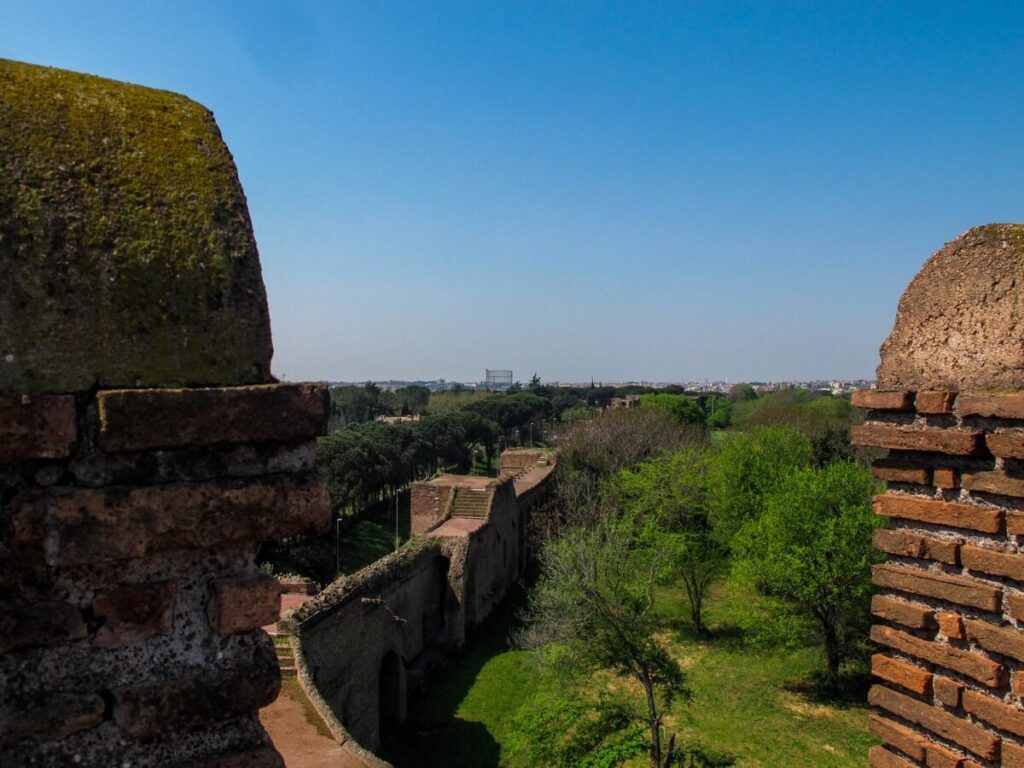
Museo delle Mura
The Museum of the Walls, located inside Porta San Sebastiano, tells the story of the Aurelian Walls through panels and artifacts. One of its most fascinating spots is the walkway along the walls, offering a panoramic view of the Via Appia Antica. Entry is free, making it an ideal stop to discover a lesser-known corner of Rome.
LITERATURE
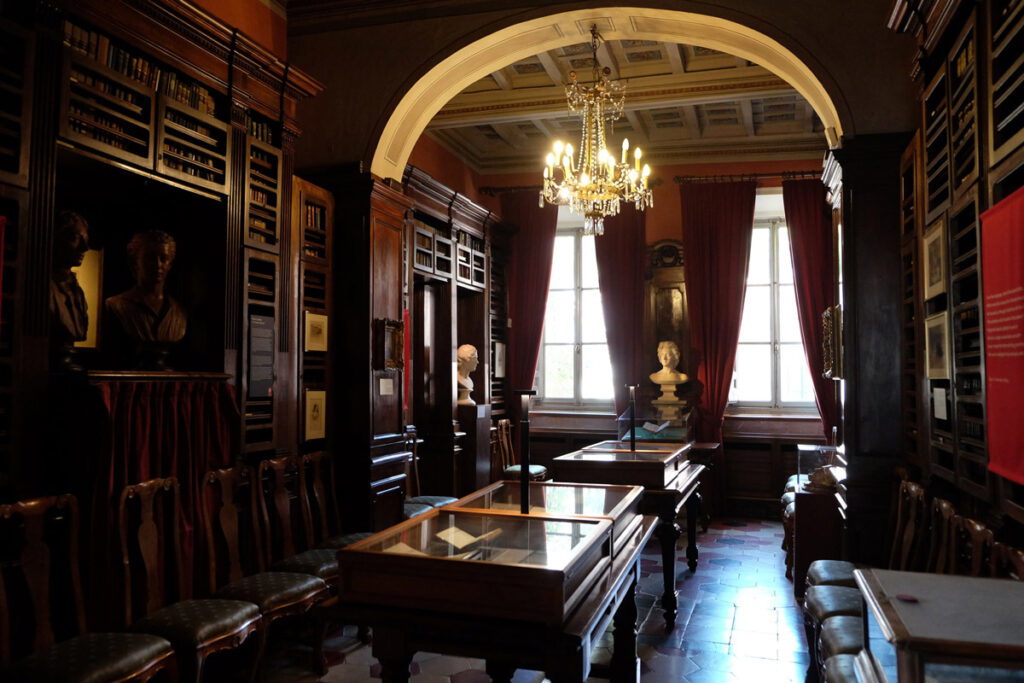
Keats-Shelley Memorial House
Among the designer shops of Piazza di Spagna lies a hidden paradise for literary lovers. The Keats-Shelley Memorial House commemorates the poets John Keats and Percy Bysshe Shelley, and houses an extensive collection of pieces from the Romantic Age. The small apartment that Keats died in now contains one of the finest libraries of Romantic literature, handwritten letters, a lock of Shelley’s hair and other treasures.
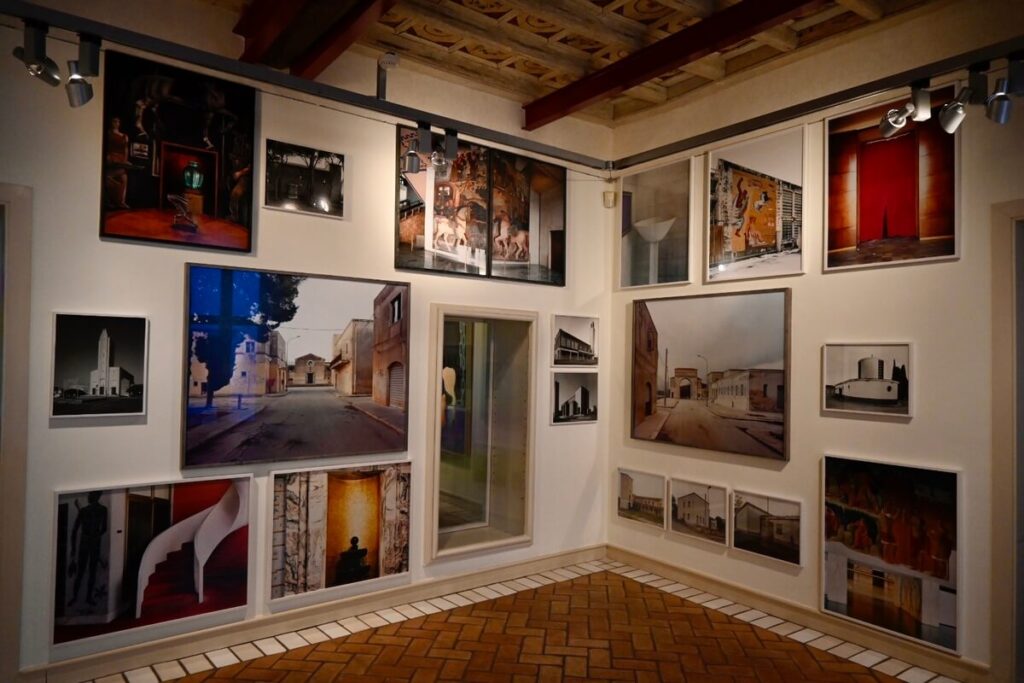
Casa di Goethe
During the 18th century the German poet, novelist and playwright, Johann Wolfgang von Goethe came to Italy searching for the classical art of ancient Greece and Rome. The Casa di Goethe, where he stayed during his two years in Rome, displays writings, sketches, letters and diary entries, all showing his enthusiasm for the fine arts.
MUSIC
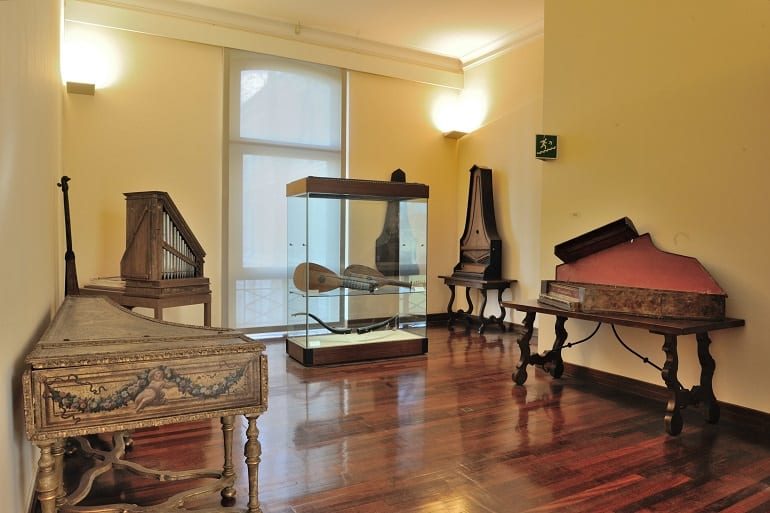
National Museum of Musical Instruments
The majority of the 3,000 instruments on display at this museum once belonged to Evangelista Gorga, a successful tenor who sang for Puccini in the first performance of La Bohème in 1896. The collection of the National Museum of Musical Instruments includes the ornately decorated Barberini Harp made between 1605 and 1620 and the Cristofori’s piano.


